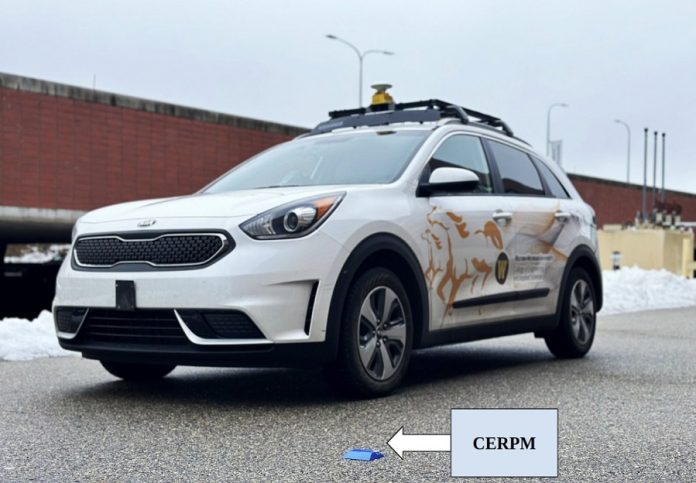
Researchers from Oak Ridge National Laboratory and Western Michigan University have developed new pavement markers that can help self-driving cars stay on track, even in bad weather.
The technology was recently tested on a curvy street in Chattanooga, Tennessee, where a self-driving car “listened” to the road’s reflective lane markers to navigate.
These special markers are equipped with tiny microchips that send information about the road’s shape directly to the car.
This is especially useful in situations where cameras, which self-driving cars often rely on, don’t work well due to fog, snow, or other poor weather conditions.
One of the key benefits of this technology is that it can help electric vehicles (EVs) save energy.
By relying on the signals from the pavement markers instead of using their own complex navigation systems, EVs can reduce power consumption, allowing them to travel farther before needing to recharge.
The researchers designed a system that uses radio frequency signals to allow the markers to send data to passing cars efficiently.
According to lead researcher Ali Riza Ekti from Oak Ridge National Laboratory, “A car can now receive data from 50 marker locations in a single signal snapshot.”
In a study, the chip-enabled markers performed exceptionally well, successfully transmitting lane information on various routes. In contrast, a commercial vision processing system detected lanes on steep curves only 7% of the time. The study’s findings were published in the journal Sensors.
This innovative technology could be a game changer for self-driving cars, especially in challenging driving conditions, and may soon be commercialized for wider use.



